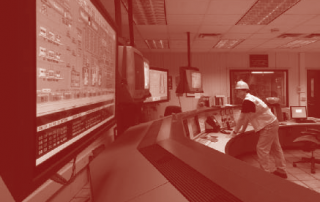Intelligent Transport Systems: Linking Technology and Transport Policy to Help Steer the Future
Elizabeth Deakin,
Karen Trapenberg Frick, and
Alexander Skabardonis
If you’ve seen an electronic message sign along the highway that tells you how long it will take to get downtown or to the airport, or paid your toll or your parking fees with an electronic tag, or ridden a bus that triggered the traffic lights to turn green as it approached them, then you have experienced some of the benefits of Intelligent Transportation Systems (ITS)—an umbrella term for a variety of new technologies and operations methods for highways and transit. Other on-the-ground ITS applications are less visible to the average traveler, but every bit as useful: they help traffic managers detect and respond to accidents promptly, handle the extra traffic that special events generate, and help state workers safely plow snow on mountain roads in blinding snowstorms.

